Everything You Need To Know About Vaginoplasty
Learn everything about vaginoplasty, a procedure that tightens the vaginal canal. Discover the benefits and recovery of this popular procedure.
Read MoreBreast augmentation is a joint cosmetic surgery that aims to increase the breast volume to have a more symmetrical and desired appearance. There are two main ways of breast augmentation. It can be operated either by placing silicone implants. Breast augmentation with fat transfer is the other technique that can be used. To decide on the best option that is appropriate for your body, age, health condition, and desires you should consult a professional and certified surgeon about the best option for you.
The breast silicone is selected according to the patient’s weight, height, chest wall, breast structure, and the patient’s desire by the patient and the doctor’s decision. The operation takes 2-3 hours under general anesthesia, and 1-2 days of hospitalization are required. Drains placed on the breast for the infected blood discharge are removed within 1-3 days. Patients are asked to wear a special corset bra for one-month post-surgery. Breast augmentation is usually made with an incision under the breast, seldomly around the nipple. The surgery scars are permanent, and their color becomes lighter over time.
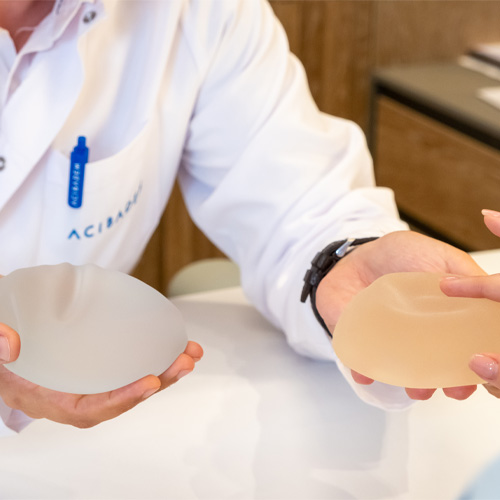
Like all surgeries, breast augmentation surgery has a preparation process with specific steps to follow. This enables the patient to have a smooth procedure, less complications and quicker healing period.
Firstly, your surgeon and anesthetists will evaluate your blood test and ensure your values are within normal levels. Patients generally take blood tests the day before the surgery. On the other hand, preparations for breast augmentation surgery begin two weeks before the procedure. Patients should stop drinking alcohol, smoking, using blood thinners like aspirin, and drinking herbal teas like green tea, ginger, or garlic. The surgeon can also ask patients to stop taking medications before the surgery. The patient should stop eating and drinking 8 hours before the operation. This prevents patients from possible vomiting that may occur due to anesthesia.

Arrival to Turkey, our Hospital – ( Pre op tests )
Surgery day – ( operation duration 90 mins to 5 hours)
One-night hospital stay – ( The drain is removed)
Doctor Observation and Rest
You may leave Turkey upon doctor approval. 7 -day stay in the country is adequate.

International patients will be welcomed at our offices in airports and enjoy free wifi. Acıbadem team will start helping you to be directed to your transfer vehicle.

Acıbadem owned vehicles will handle your travels between airport, hotel and hospital until you fly back to your home country.

At Acıbadem Healthcare Group, we provide translation / interpretation services offering assistance in 20 languages.

Acıbadem exclusive prices for accommodation at high quality hotels in the city center
If possible, you should read the comments of the former patients, and contact them personally. You should thoroughly research the hospital where the surgery will take place and their anesthesiologists. Although the risk is minimal in developed clinics, breast augmentation still has risks, as in any surgery. Therefore, ensure that you set your expectations correctly and communicate with your surgeon openly.
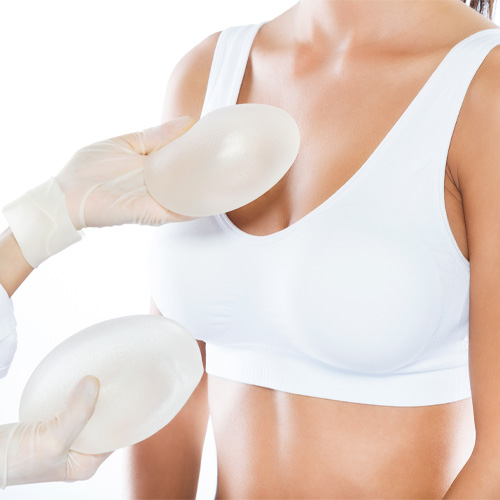
Breast augmentation recovery time differs for each patient. Healing process starts immediately after the surgery and can be classified as quick in general. Surgeons recommend resting for a week before returning to everyday life. However, in some conditions, this time can be two weeks or more, depending on the patient’s condition and scars. You should avoid heavy exercise and use a surgical bra for the recommended time. Stitches will be removed one or two weeks after the surgery. But, with new technology, surgeons use dissolvable stitches which do not require removal. Scars will not be concealed fully, but they will fade away after six weeks. Breasts will reach their natural shape after a few months.
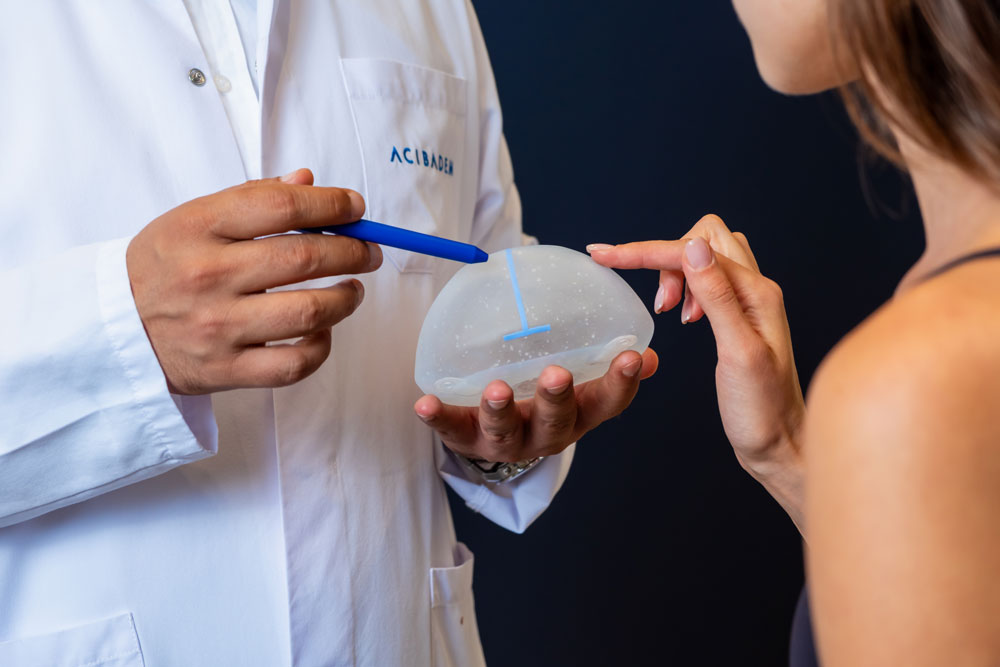
Many criteria exist for patients to be classified as promising candidates for breast enlargement:
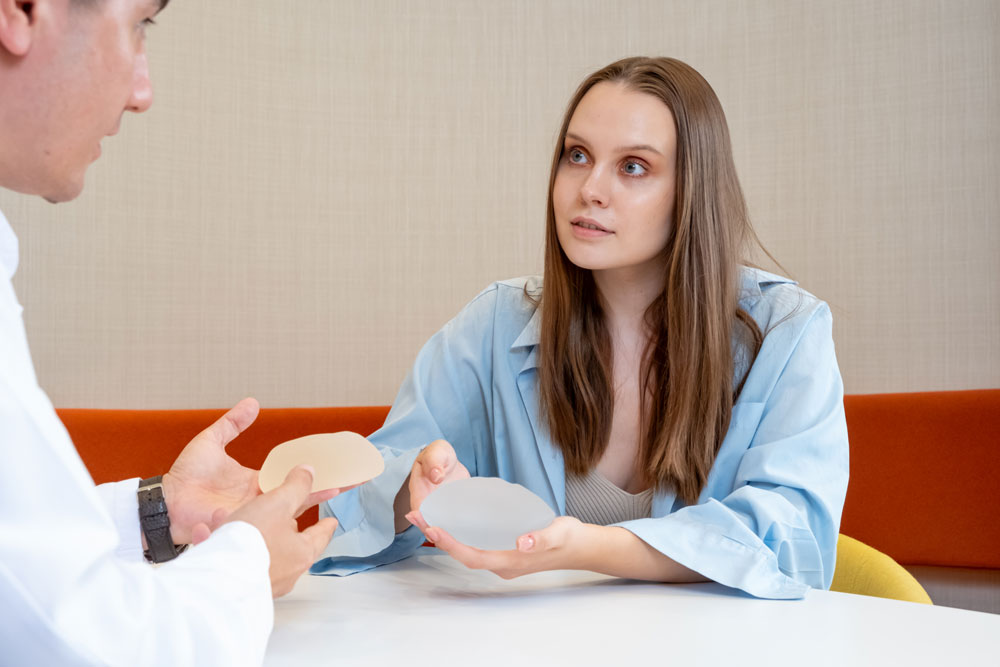
Breast augmentation surgery is conducted under general anesthesia. Before the operation, the anesthetist administers sedation which is the best option for your health condition, age, weight, and allergies. Anesthesia has some side effects like nausea and dizziness. Most patients can be discharged the day after the surgery if the surgeon finds the general condition of the patient good.
After the anesthesia, the surgeon places incisions in pre-determined areas to minimize scars’ visibility. Your plastic surgeon will offer the appropriate incisions based on your preferred results and breast formation. Incision types are listed as follows:
After the incision, breast implants are inserted into a pocket from different places. Implants can be inserted under the pectoral muscle, called submuscular placement, and behind the breast tissue, called subglandular placement. The surgeon decides the inserting method depending on the implant type, desired breast volume, and body type.
The surgeon closes the breast tissue with sutures, surgical tape, or skin adhesive and places drain tubes under the incision to discharge infectious liquids and blood. The surgeon will inform the patient about keeping the surgery area dry to avoid infection risk.
The surgeon replaces the bandages with a special surgical bra to help faster healing and shaping. A surgical bra also diminishes the pains that patients can suffer from post-surgery.
Breast augmentation surgery prices vary for each country. Average cost for a breast augmentation in UK is in the region of 8.000 to 10.000 £. Prices may go up to over 15.000 £ according to surgeon’s experience and facility qualifications. Breast enlargement surgery cost in Germany is seen at a close range with UK which are approximately around 7.500 € to 10.000 €. Breast augmentation in Turkey has become quite popular in recent years. One of the main reasons is the competitive pricing of Turkey compared to European clinics. Average breast augmentation cost is around 3.000 £ in Turkey. This price may go up or down according to surgeon and facilities’ capabilities.
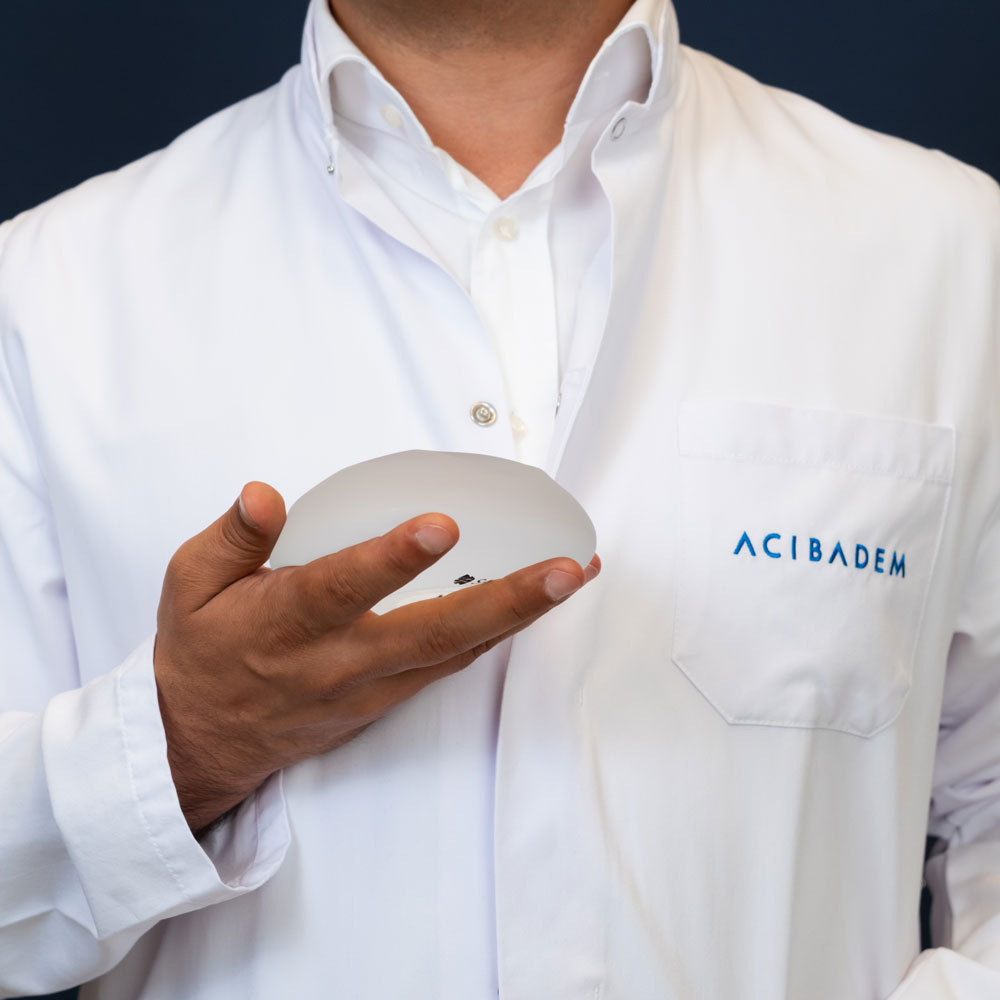
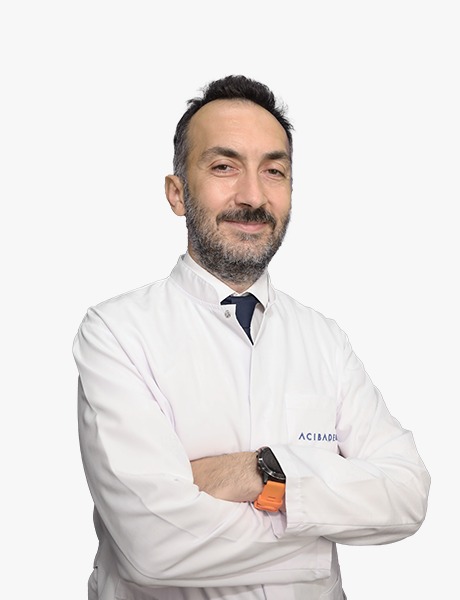
Aesthetic, Plastic and Reconstructive Surgery

Aesthetic, Plastic and Reconstructive Surgery

Aesthetic, Plastic and Reconstructive Surgery
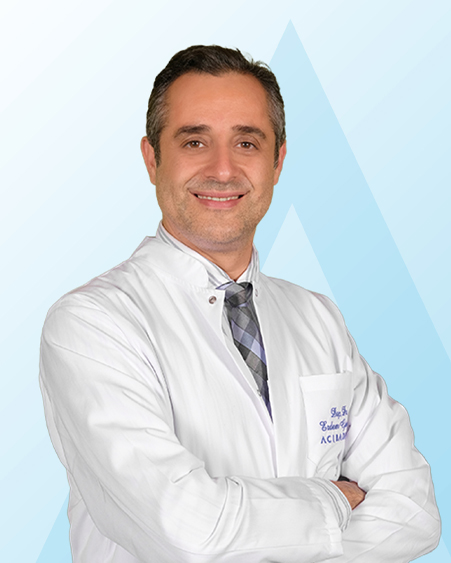
Aesthetic, Plastic and Reconstructive Surgery
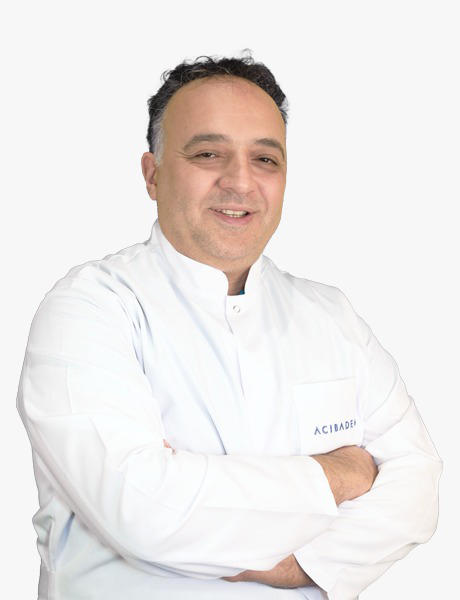
Aesthetic, Plastic and Reconstructive Surgery
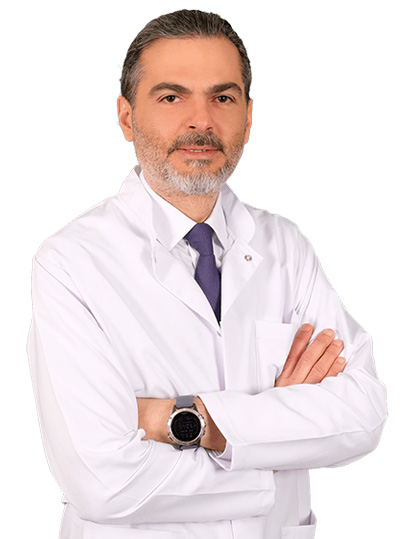
Aesthetic, Plastic and Reconstructive Surgery
Learn everything about vaginoplasty, a procedure that tightens the vaginal canal. Discover the benefits and recovery of this popular procedure.
Read MoreLearn what to consider before labiaplasty. Everything from procedure details and recovery to potential risks and key benefits
Read MoreDiscover seven essential tips for maintaining your veneers. Learn about oral hygiene, avoiding damaging foods, protecting your veneers, and more.
Read More